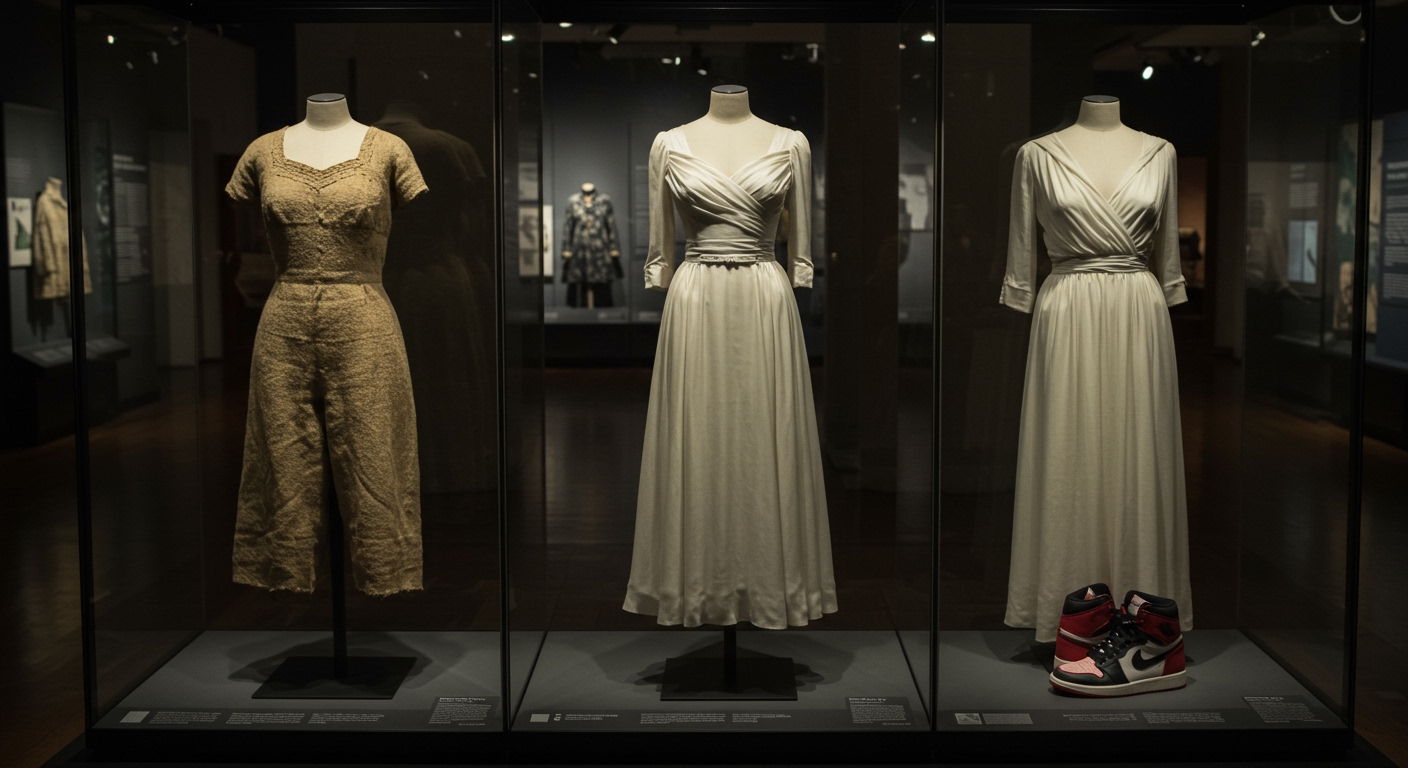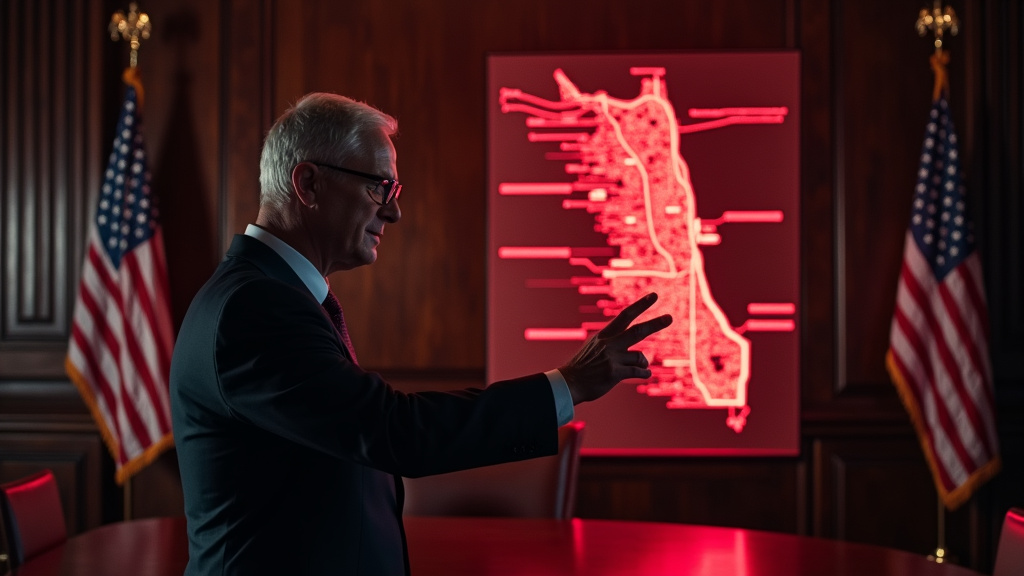Virgil Abloh, the visionary designer whose untimely death in 2021 sent ripples through the global creative community, forged a truly unconventional path to the pinnacle of luxury fashion. His journey, marked by a unique fusion of streetwear sensibilities, architectural principles, and collaborative spirit, fundamentally challenged the long-standing traditions and often exclusive nature of high fashion. A recent discussion featuring Pulitzer Prize-winning fashion critic Robin Givhan delved deep into Abloh’s profound impact, analyzing precisely how he managed to break barriers, open doors for new voices, and leave an indelible mark on an industry ripe for transformation.
Givhan, known for her incisive and insightful commentary on fashion’s intersection with culture, power, and identity, offered a critical perspective on Abloh’s legacy. Her analysis illuminates how Abloh, through his work at his own label Off-White and as the Men’s Artistic Director at Louis Vuitton, democratized fashion and invited a broader audience into a world that had historically been guarded.
Tracing an Unconventional Journey
Virgil Abloh’s background diverged significantly from the typical path through prestigious European design schools. Trained as an architect, he entered the fashion ecosystem through collaborations with Kanye West, quickly becoming a pivotal figure in the merging worlds of streetwear and luxury. His approach was often characterized by a playful deconstruction, ironic quotation marks, and a DIY ethos that resonated deeply with a generation seeking authenticity and accessibility in luxury goods.
This non-traditional entry point was key to his ability to challenge the established norms. Abloh didn’t adhere to the prescribed rules of the fashion calendar or the hierarchical structures that often defined the industry. Instead, he built a universe that felt inclusive and culturally relevant, drawing inspiration from diverse subcultures and artistic disciplines.
The Critic’s Perspective
Robin Givhan’s expertise provides a crucial lens through which to understand the magnitude of Abloh’s influence. As a Pulitzer Prize recipient, her critique carries significant weight, offering authoritative insights into the mechanisms of the fashion world and the cultural implications of its evolution. In the discussion, she articulated how Abloh didn’t just design clothes; he designed a new way of interacting with fashion.
Givhan highlighted how Abloh’s collaborative nature and his willingness to operate across different creative fields – from music and art to furniture design – broadened the definition of what a fashion designer could be. He served as a bridge, connecting disparate communities and demonstrating that high fashion could originate from and speak to a much wider audience than traditionally imagined.
“Make It Ours”: Defining a Legacy
centrale theme explored in the discussion was the concept, perhaps best encapsulated by the phrase “Make It Ours,” which seems to define Abloh’s approach to design and community-building. This idea speaks to his inherent desire to break down barriers between the creator and the consumer, between the elite and the masses, and between different cultural spheres. Abloh’s work often felt like an invitation – an opportunity for individuals to personalize, interpret, and, indeed, make the fashion their own.
This ethos was visible in his accessible price points for certain items, his engagement with fans on social media, and his explicit sampling and referencing of popular culture. It was a stark contrast to the often-aloof posture of traditional luxury brands, positioning Abloh as a designer who was both at the top of the industry and deeply connected to the streets and communities that inspired him. Givhan’s analysis underscored how this approach wasn’t just a marketing strategy but a core philosophy that redefined the relationship between designer and audience.
A Lasting Mark
Virgil Abloh left behind more than just collections; he left a blueprint for a more inclusive and dynamic fashion future. His impact is seen in the increased diversity within design studios, the blurring lines between streetwear and luxury across the industry, and a greater appreciation for the power of cultural collaboration.
Givhan’s discussion emphasizes that Abloh’s legacy is not just about the specific garments he created but about the doors he opened. He championed emerging talent, provided platforms for underrepresented voices, and proved that different paths could lead to the highest echelons of the fashion world. His influence continues to resonate, shaping the creative landscape and inspiring a new generation of designers and consumers to challenge norms and embrace individuality.
The Discussion’s Context
This insightful discussion featuring Robin Givhan was presented through an interview with Tonya Mosley. Mosley, the accomplished LA-based co-host of NPR and WBUR’s nationally broadcast midday radio show “Here & Now,” and host of the acclaimed podcast “Truth Be Told,” provided the platform for Givhan’s detailed exploration of Abloh’s career and impact. The feature of this interview by NPR Illinois underscores the significant cultural and journalistic interest in Abloh’s story and Givhan’s expert analysis.
In conclusion, Robin Givhan’s critical perspective, shared through her interview with Tonya Mosley, offers invaluable insights into how Virgil Abloh fundamentally altered the trajectory of luxury fashion. By challenging tradition and embodying the “Make It Ours” spirit, Abloh didn’t just design clothes; he built a movement that continues to shape the industry and inspire creative expression worldwide.















